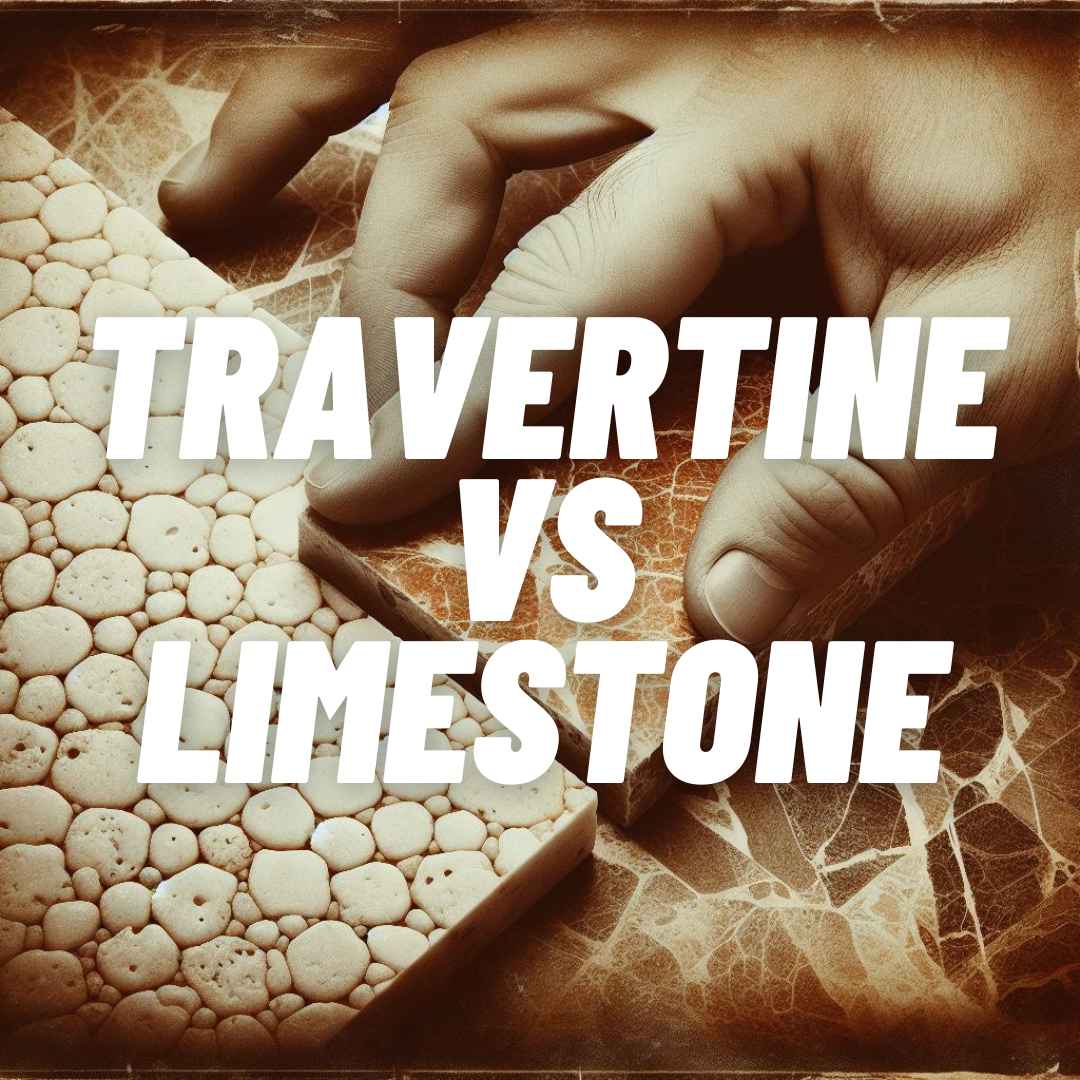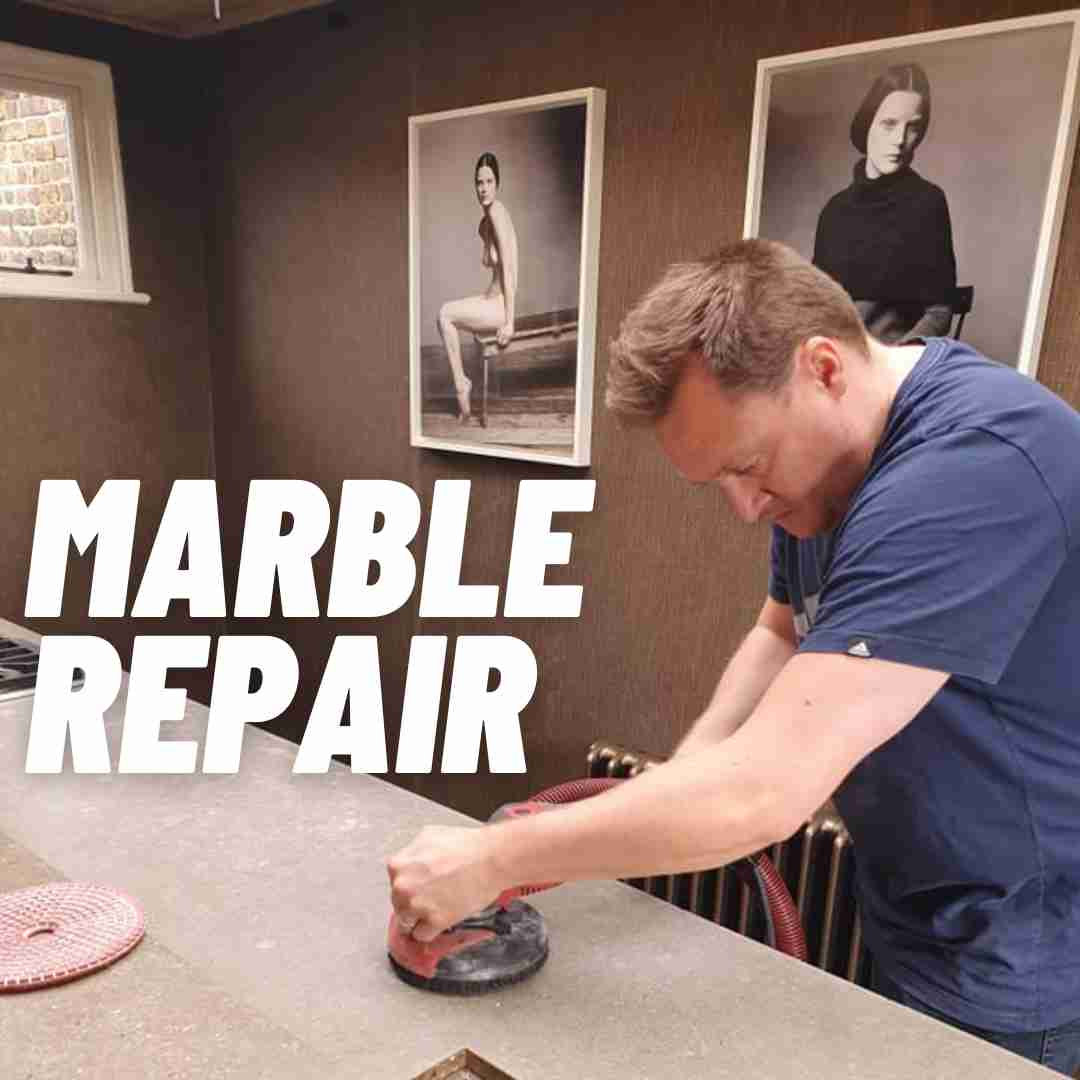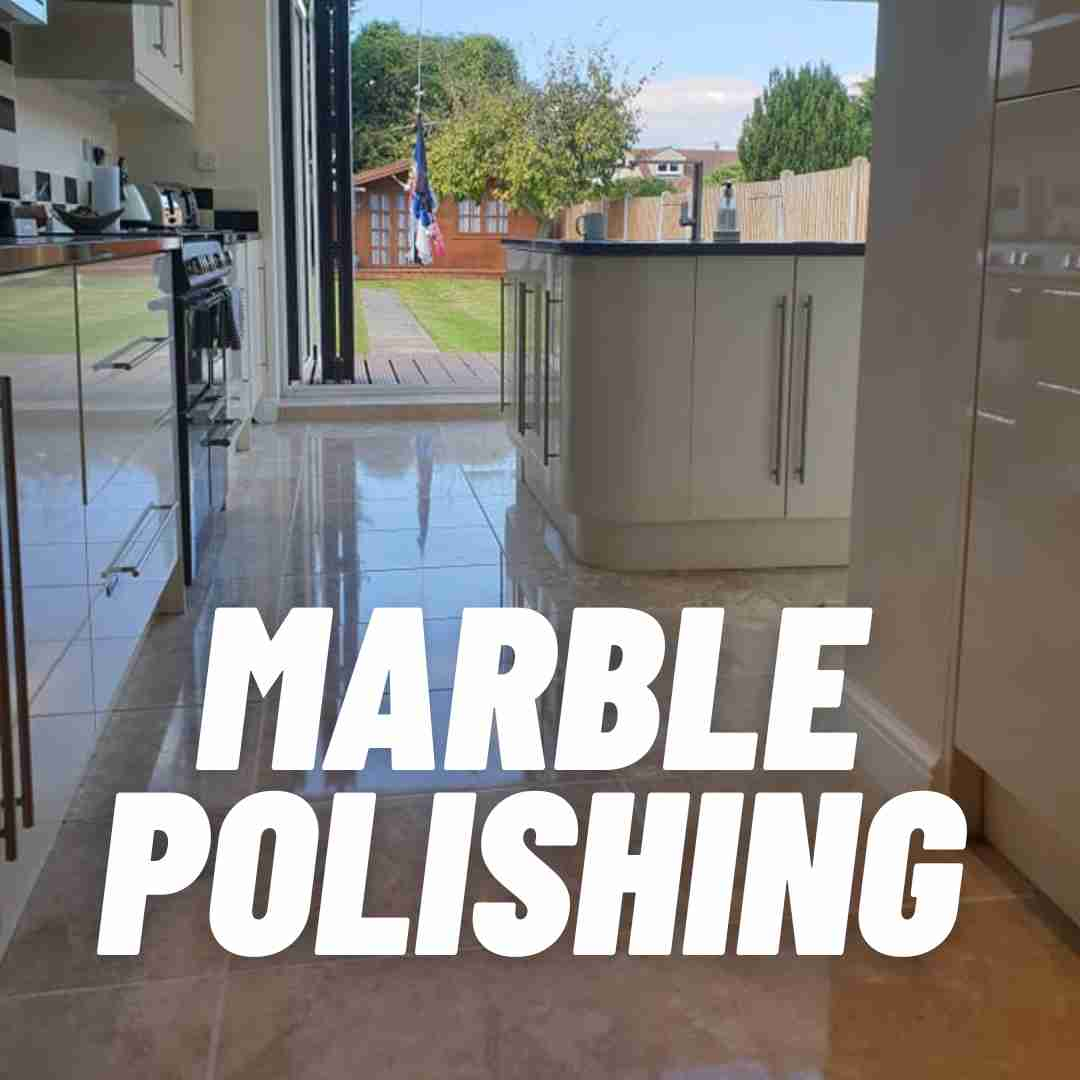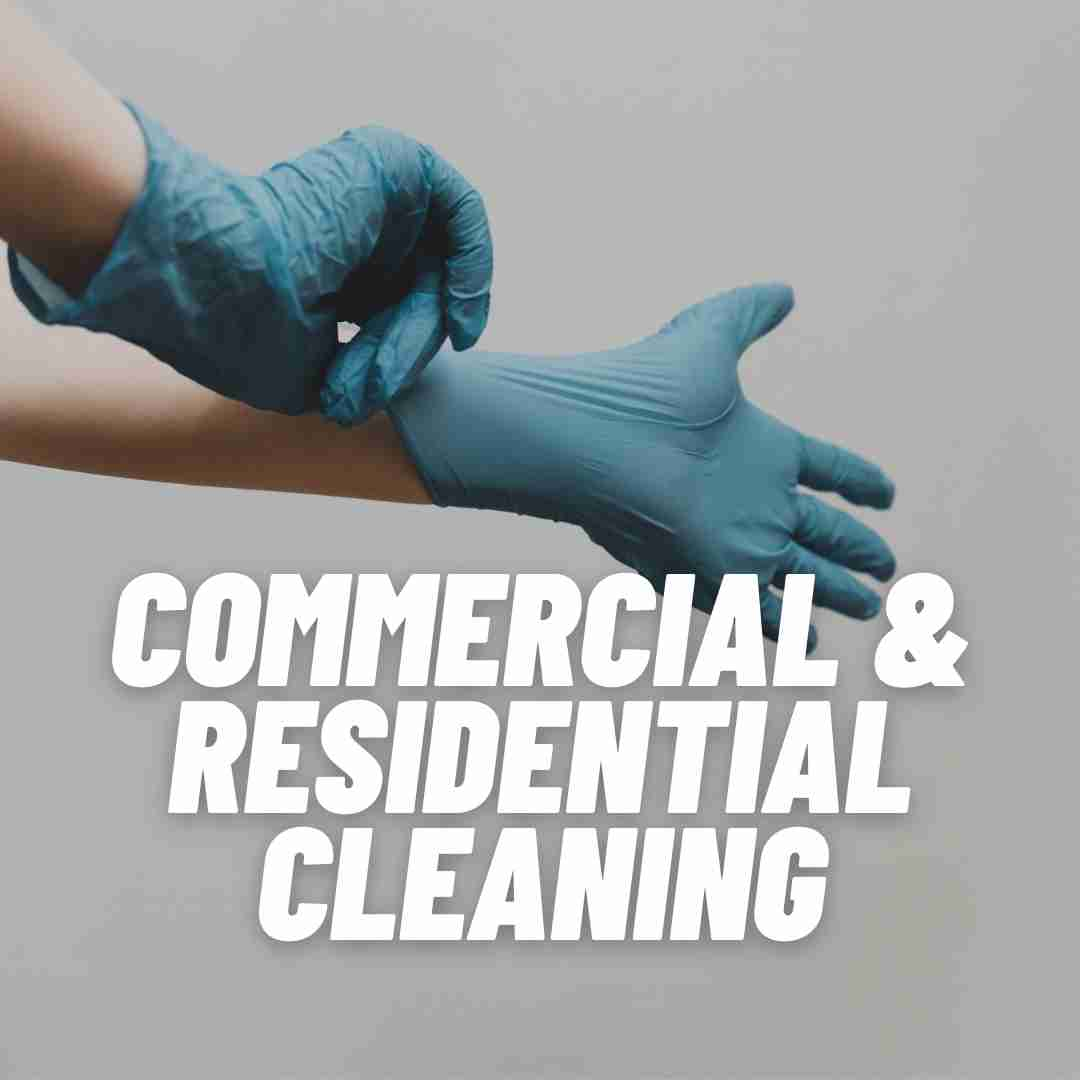Travertine tile is a versatile natural stone that's become a popular choice for homeowners and designers looking for a touch of sophistication. It's essential to consider where this stylish material is best used to maximize its benefits and maintain its beauty over time.
Indoors, travertine tiles work wonders in creating a warm, inviting atmosphere. They're commonly found in:
Kitchens: As floor tiles or backsplashes, travertine brings a unique, earthy charm to the heart of the home.
Bathrooms: When sealed properly, travertine tiles are excellent for bathroom floors, walls, and shower areas, blending durability with elegance.
Living Areas: Travertine flooring offers a polished look that complements various decor styles, from rustic to modern.
Beyond the aesthetic appeal, travertine tiles' natural pits and troughs lend a unique texture that adds an extra dimension to any space. However, these same features also mean that they require regular maintenance to keep them looking their best.
For outdoor use, travertine's resilience plays a pivotal role. This stone resists extreme temperatures, making it suitable for various climates. Its natural non-slip surface also makes it a safe option for:
Pool Decks: Travertine remains cool to the touch even in direct sunlight, which is a significant advantage for poolside areas.
Patios: The stone weathers naturally and doesn't suffer from the fading that artificial products might, ensuring a timeless appeal.
Walkways: Robust and durable, travertine can withstand heavy foot traffic without showing significant wear.
Whether used indoors or out, travertine's natural variation in colors and patterns ensures that no two tiles are exactly alike, granting each application a distinctive look. While it does require some attention to maintain its condition, the effort is well worth it for the unparalleled character it adds to any space. To keep it in top shape, timely sealing and gentle cleaning are key practices that'll preserve travertine's beauty.
Choosing the right travertine tile for your application relies heavily on understanding the unique demands of each environment and ensuring the material's natural traits are an asset rather than a hindrance.







